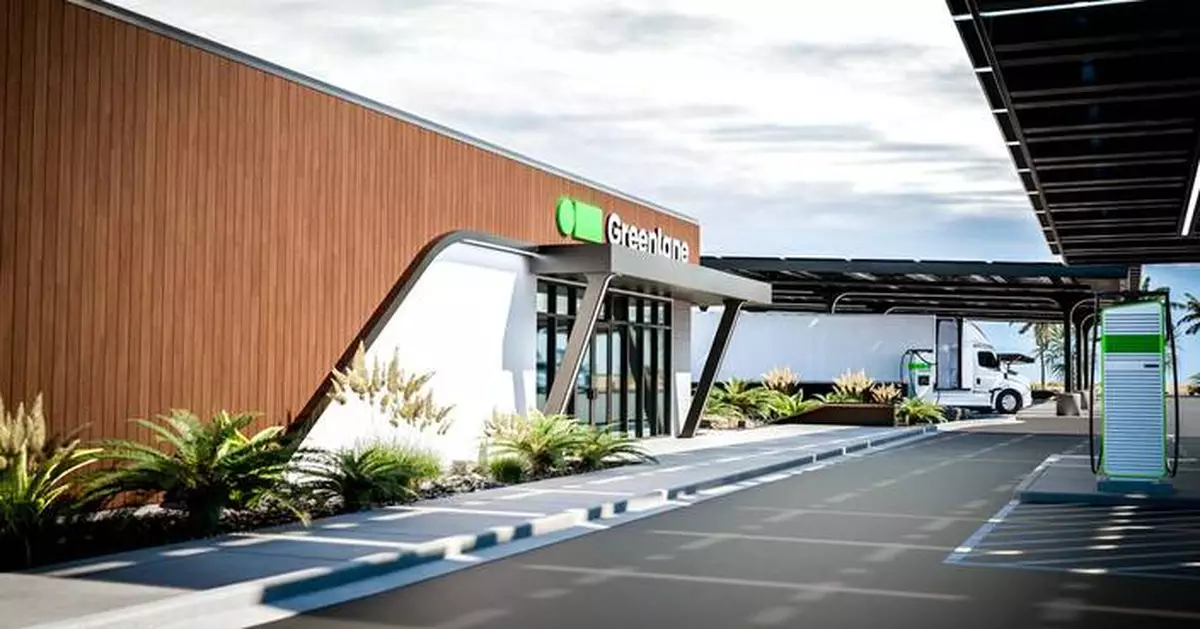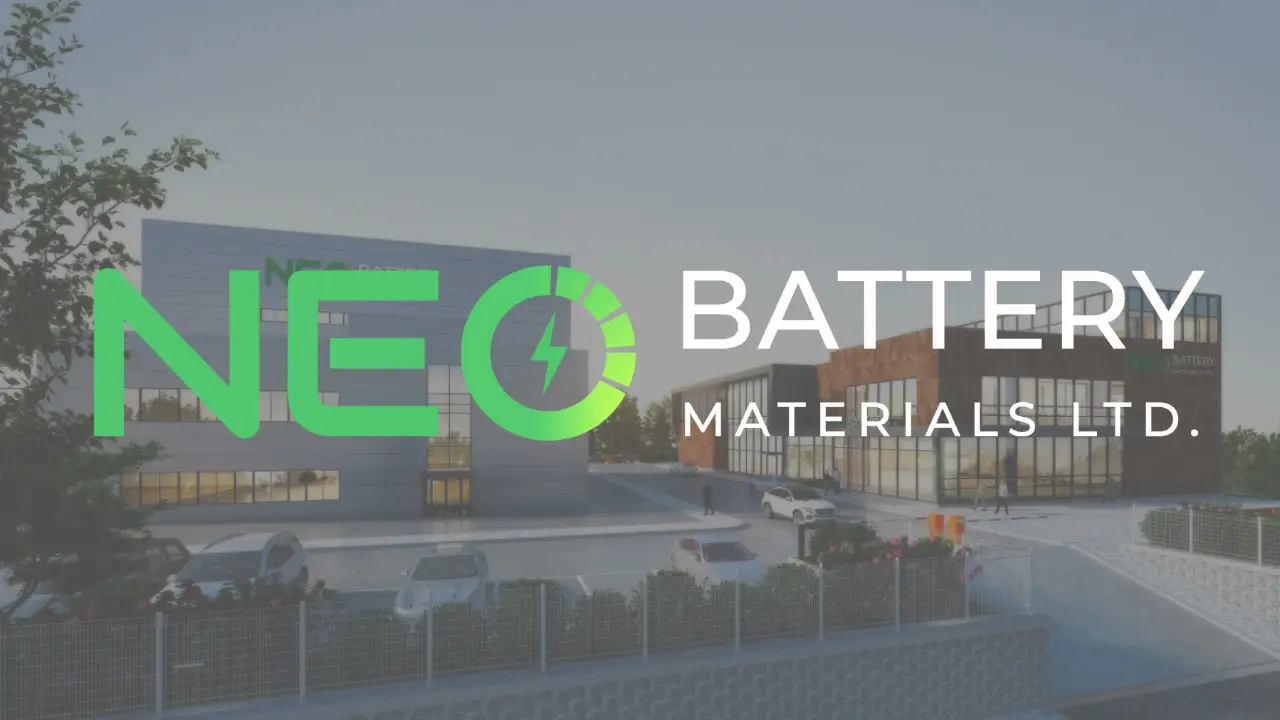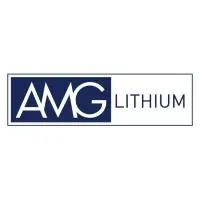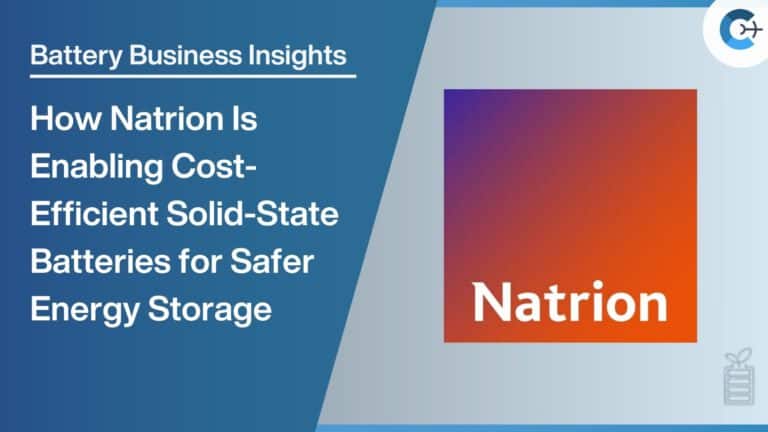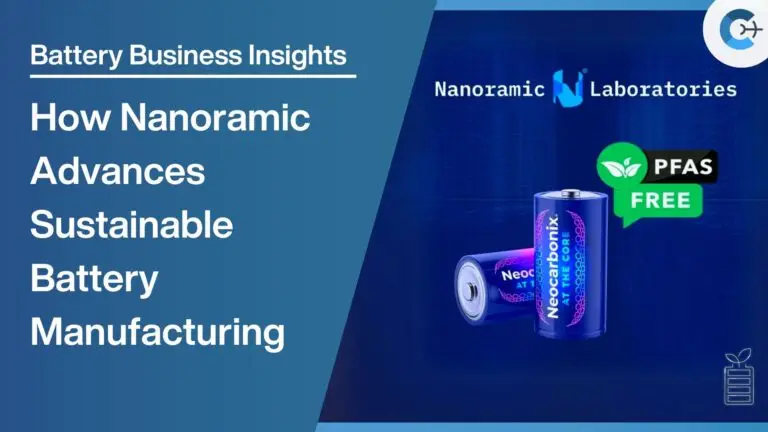A recent study published in Nature Communications has unveiled a comprehensive strategy for optimizing the reuse and recycling pathways of retired electric vehicle (EV) batteries. The research, led by a team of scientists from Tsinghua University, China and University of Groningen, Netherlands, emphasizes the importance of considering both economic and environmental factors when making decisions about the end-of-life management of these batteries.
The study evaluated various reuse scenarios, including energy storage systems (ESSs), communication base stations (CBSs), and low-speed vehicles (LSVs), with different capacity configurations and load profiles. The researchers also assessed hydrometallurgical, pyrometallurgical, and direct recycling technologies at the end-of-life (EOL) stage, taking into account the battery’s residual value based on its state of health (SOH).
The results suggest that the choice of the optimal pathway depends on several key factors, such as the battery’s cathode chemistry (lithium nickel manganese cobalt oxide (NMC) or lithium iron phosphate (LFP)), the retired state of health (SOH), and the specific application requirements. For example, LFP batteries generally outperform NMC batteries in reuse scenarios due to their longer life and higher efficiency. In addition, ESS and CBS scenarios prove to be profitable, while LSV scenarios result in losses.
For recycling, the most profitable technology varies by battery type and SOH. Direct recycling is found to be the most profitable for NMC batteries, while hydrometallurgical recycling is the most profitable for LFP batteries. The study also highlights the benefits of delaying recycling and extending the reuse phase to increase economic performance.
According to the study, an optimized reuse and recycling path for an NMC battery retired at 90% SOH includes refurbishment, reuse in a CBS-rural scenario to 40% SOH, and direct recycling. This approach results in a 58% increase in profit and an 18% reduction in emissions compared to direct hydrometallurgical recycling. Similarly, for an LFP battery retired at 90% SOH, the optimized pathway improves profits by 19% and reduces emissions by 18% compared to immediate recycling.
The study emphasizes the importance of a comprehensive evaluation framework for decision-making when it comes to the end-of-life management of retired EV batteries. By optimizing reuse and recycling strategies based on the specific characteristics of each battery, it is possible to significantly improve both economic and environmental outcomes compared to traditional immediate recycling approaches.
As the number of EVs on the road continues to grow, the findings of this study provide valuable insights for stakeholders in the automotive and energy sectors, as well as policymakers and environmental advocates. Implementing optimized reuse and recycling strategies for retired EV batteries can contribute to a more sustainable and circular economy while reducing the environmental impact of the rapidly growing EV industry.
Source: Nature Communications – Pathway decisions for reuse and recycling of retired lithium-ion batteries considering economic and environmental functions


